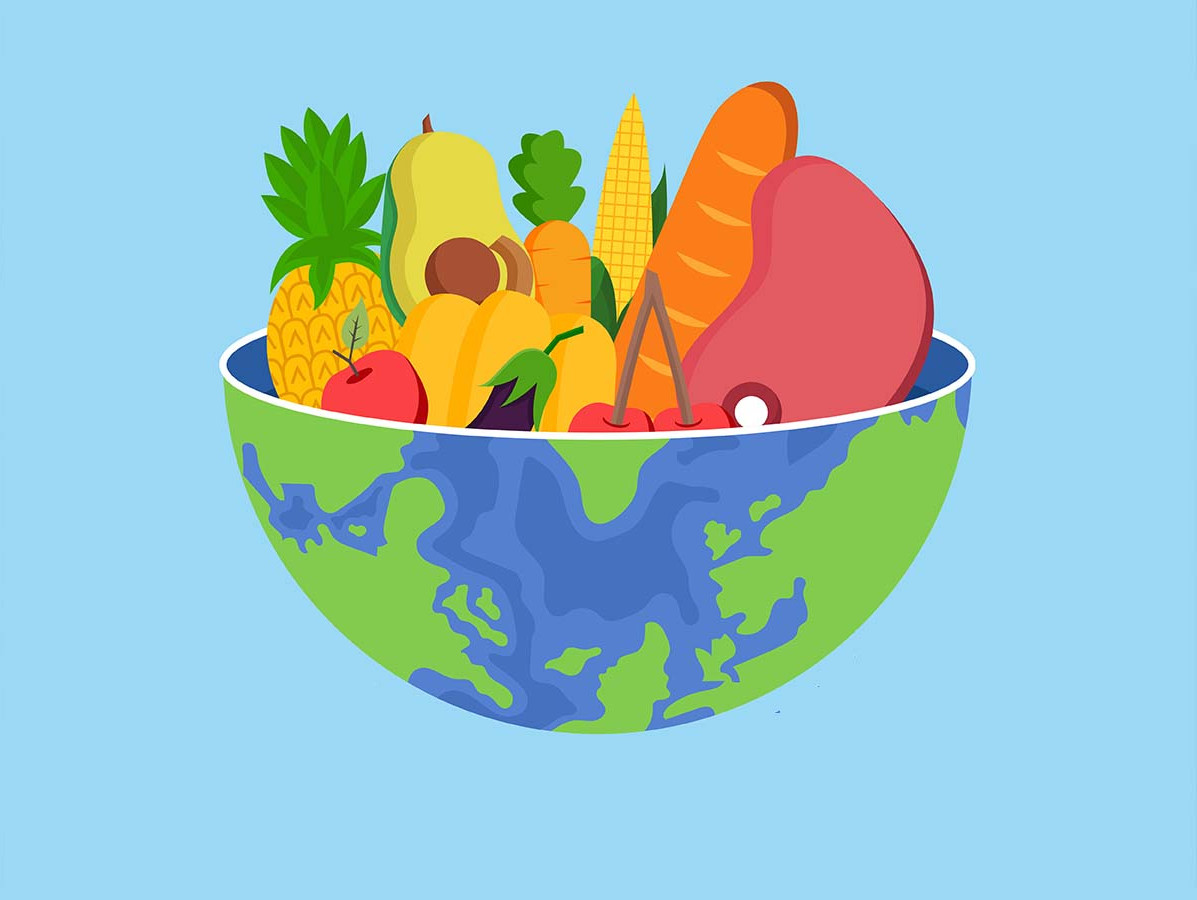
The Food and Agriculture Organization of the United Nations (FAO) has reported a continued decline in the FAO Food Price Index (FFPI) for the month of June 2023. The index, which tracks the average global prices of food commodities, recorded a decrease of 1.7 points (1.4 percent) from May, reaching an average of 122.3 points. This marks a significant 37.4 points (23.4 percent) drop from its peak in March 2022.
The decline in June was driven by lower prices for sugar, vegetable oils, cereals, and dairy products. The meat price index remained stable during the same period.
The FAO Cereal Price Index dropped 2.1 percent from May, mainly due to falling world prices of all major cereals. International maize prices declined for the fifth consecutive month, driven by increased supplies from Argentina and Brazil. Wheat prices fell 1.3 percent due to ample supplies in the Russian Federation and improved crop conditions in the United States. International rice prices declined 1.2 percent due to subdued demand for non-Indica rice and export sales efforts in Pakistan.
The FAO Vegetable Oil Price Index fell 2.4 percent, reaching its lowest level since November 2020. Lower prices for palm and sunflower oils offset higher soy and rapeseed oil quotations. Palm oil prices dropped for the second consecutive month, mainly due to higher outputs from leading producing countries and subdued global import demand. Sunflower oil prices continued to fall due to ample global supplies. However, soy and rapeseed oil prices rebounded on concerns over dryness in major growing regions.
The FAO Dairy Price Index decreased 0.8 percent, driven by lower international cheese prices and slightly lower whole milk powder prices. World butter prices rose, while skim milk prices increased slightly.
The FAO Meat Price Index remained virtually unchanged from May. Increases in poultry and pig meat prices were offset by declines in bovine and ovine meats. International poultry meat prices increased further due to high demand from East Asia, while pig meat prices rose due to tight supplies in the European Union. Bovine and ovine meat prices decreased due to increased exportable availabilities.
The FAO Sugar Price Index declined 3.2 percent, mainly due to a good sugarcane harvest in Brazil and sluggish global import demand, particularly from China. However, concerns over the potential impact of the El Niño phenomenon and currency factors limited the decline in sugar prices.
Source: FAO